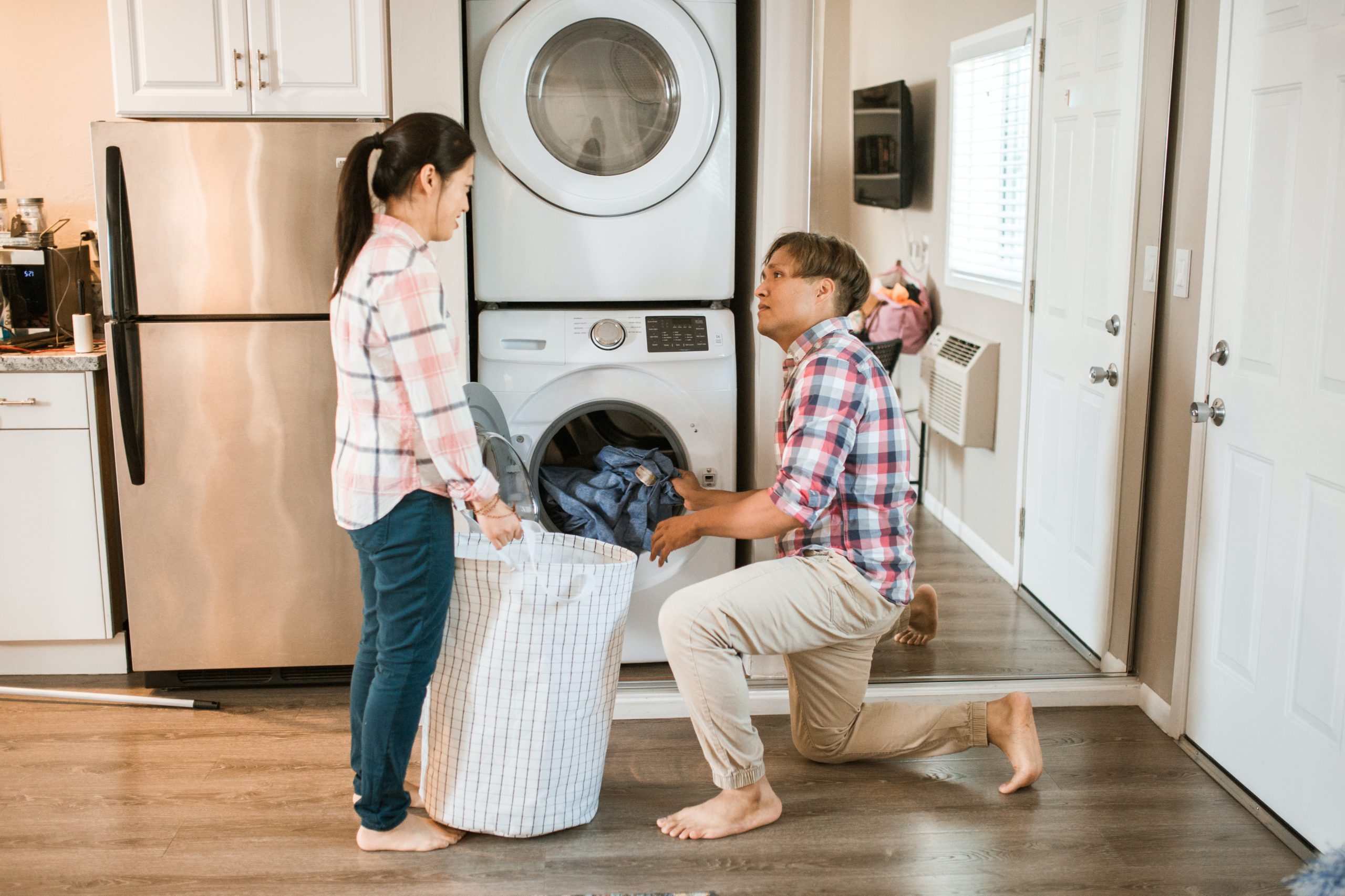Eventually, every landlord will have to decide whether to have a community washroom, provide no laundry services, or have an individual washer and dryer in their rental units. They come with high initial risks, but you’ll also receive potentially higher rewards. It’s a difficult decision that comes with many advantages and disadvantages.
Pro: A Washer and Dryer in Rental Units Are More Attractive
Most aspiring renters will be more interested in an apartment or rental house if it comes with an in-unit washer/dryer. It saves money for renters over community washrooms, and people value the convenience of having such appliances ready when they want them instead of only being available during certain hours.
Con: They’re a Lot More Work for Landlords
If your apartments don’t already have the plumbing or ventilation set up, you’ll have to have that installed yourself or have your property manager do it. Regular maintenance and repairs are a must, so you’ll have to go to each unit and do it yourself. On the other hand, there’s less wear and tear with an in-unit machine than there is with one used by the whole complex.
Pro: Your Properties Stay Competitive
If most other rental properties in your area have in-unit washer/dryers, then you should install them to keep up. This is the best way to get decent rents and attract top-quality tenants. Without the necessary updates, you’ll end up with less reliable tenants and less income.
Con: Washer and Dryer in Rental units Are Expensive
This is true regardless of what choice you make, but in-unit setups can be more expensive because you may require more of them than in a community setting. If you’re paying for utilities, all of that usage can add up to fairly high costs. On top of that, you’ll have the aforementioned maintenance and repairs to handle without the tenants contributing to the costs with their quarters.
Pro: You Can Charge Higher Rent Amounts
Prospective renters have been shown to pay more in rent according to research done by real estate websites. On average, they’ll pay as much as 20% more than before if you install an in-unit washer/dryer. If you charge $1,200 a month, that means an extra $240 each month and $2,880 annually. If you already include utilities, renters who switch to your properties could actually save money despite these higher rents.
Con: Potential Squabbles Between Tenants and Landlords
Many landlords choose to delegate certain smaller forms of maintenance or repairs to their tenants. Some of these may include washer and dryer maintenance, which can lead to intense disagreements over whether or not the responsibility is yours or theirs. It’s far better to avoid this issue altogether by taking full responsibility for all potential maintenance or repair issues. Failing this, you can encourage your prospective renters to purchase rental home warranties, which will cover these repairs.
Pro: Washer and Dryer in Rentals Are Safer for Tenants
A community setting may be more economically sound, but it can come at the cost of your tenants’ safety. Many tenants are afraid of being attacked in community laundry rooms or watched by stalkers. At the same time, coin-operated machines come with the risk of aspiring thieves breaking in to steal the money. If you provide in-unit machines, these problems will disappear.
Con: In-unit Machines Lead to Potential Property Damage
Water lines break, dryer vents get clogged with lint, and unbalanced loads can cause damage to floors. There are many other issues that can come unless you’re on the ball maintenance-wise. If you do choose in-unit machines, you should ask for a decent security deposit from new tenants to be on the safe side. Comprehensive property insurance also wouldn’t go amiss.










